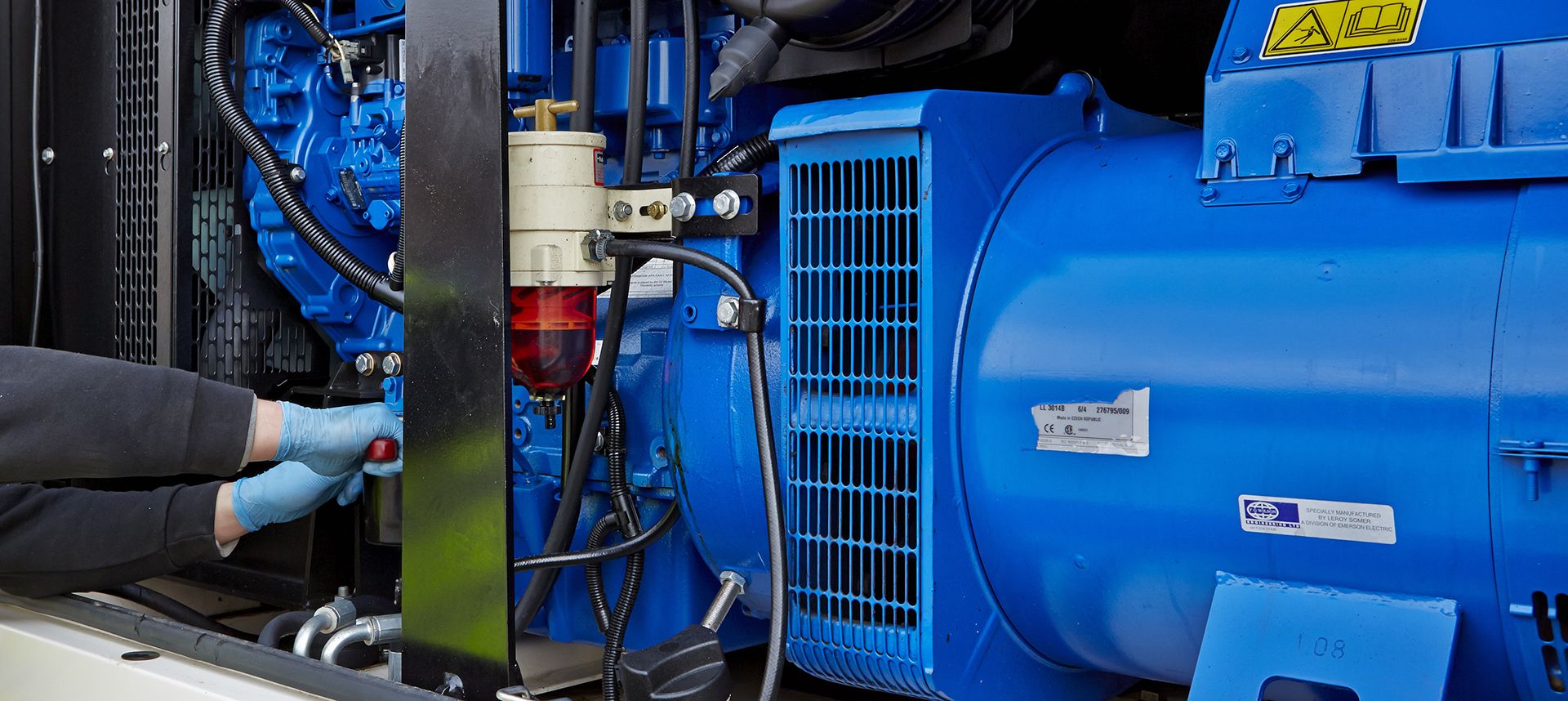
UK’s leading industrial efficiency publication turns to Newburn for advice on temporary power selection
Covering sectors such as electricity, gas and water supply, mechanical engineering, energy management and the environment, Industrial Plant & Equipment magazine is a vital resource for 18,000 engineers, directors and managers across the UK. When planning a feature on plant and equipment hire, Newburn Power’s managing director Mark Henstock was able to help, providing all the basic information in an overview to help premises’ management and maintenance managers select the most appropriate temporary power supply.
Mark explains,
“There are many reasons why a company might need to bring in temporary power supplies, most commonly as back-up for emergencies and power cuts, to maintain productivity; during a re-fit, relocation or the reconfiguration of existing facilities and premises, and as a cost-effective way to boost production and offer flexibility in meeting ad hoc contracts and customer demands.”
In the article, Mark runs through the basics of temporary power selection, starting with the need to establish power requirements – neither underestimating the size required nor overestimating and wasting money. As a first step to determine the size of generator required, it’s important to establish what equipment the generator will need to run and the total wattage. While generator size is measure kilovolt-amperes (kVA) rather than the more familiar kilowatts (kW), there is a straightforward formula to convert the measurements. When working out the total wattage, it is important to factor in differences between starting and running wattage – where it takes more energy to start equipment than to keep a motor running – to make sure that the generator has sufficient power to start the load.
Depending on the reason for hiring a generator, e.g. the difference between emergency back-up and temporary additional power, it will be necessary to work out the capacity – if the generator is to be the main power supply, then it should be up to 80% capacity so as not to be running at full capacity for more than half an hour, helping with performance and safety as well as allowing the flexibility for any additional future power needs.
Once the total wattage – the actual power requirement – is known, this needs to be converted into kVAs – the measure of apparent power. Mark explains the difference,
“Kilowatts give you the amount of actual power in an electrical system, but generators work on how much energy is used in the overall system, because no electrical system is perfect – no system runs with total efficiency, so apparent power isn’t converted to equivalent useful output. This is why 3-phase generators usually work on the basis of an efficiency – a power factor – of 0.8, when measured on a scale from 0 to1.”
The formula for converting kW to kVA is: kW / pf = kVA e.g. 200 kW / 0.8 pf = 250 kVA
The formula for converting kVA to kW is: kVA x pf = kW e.g. 250 kVA x 0.8 pf = 200 kW
Working out an indication of the size of generator required can be helpful in getting an idea of cost and feasibility, but there are other factors to take into account when looking for a supplier – over and above a company that can provide the size of generator needed. Any supplier should offer a site survey, in the first instance. This survey establishes a range of details about cost and feasibility, including:
- Accurate determination of the most appropriate and safest size of generator
- Fuel management options, including details on options where fuel consumption could be reduced and cost-savings made
- Installation plans, including all considerations of any downtime, site access and positioning
Beyond this, there are considerations which may seem obvious, but cannot be overstated. Mark continues,
“From our experience, geographical reach and emergency response times are what matter most to customers. A local company – where both generators and engineers are nearby – can be an obvious choice, if looking at a single site. However, when companies are looking to implement temporary power solutions across a number of sites, then a supplier with national reach can mean more choice when specifying the best solution. Any potential supplier should be able to give a clear indication of their emergency response times and whether they operate 24-hours a day, 7 days a week – responding when customers are most in need of support.”
While there are many reasons why a company may be considering temporary power solutions, the above considerations are a starting point for every scenario. Mark concludes,
“This is just an introduction to the basic elements to think about when considering temporary or back-up power supplies. There are many variables, so it’s definitely a good idea to talk to an expert who can help minimise cost, consider all the logistics and ensure the best solution. Even where companies have regular or routine requirements and have sourced the same generator year after year, there may be new models and new technologies that could be more appropriate – I would recommend talking to a professional to get the best option.”
